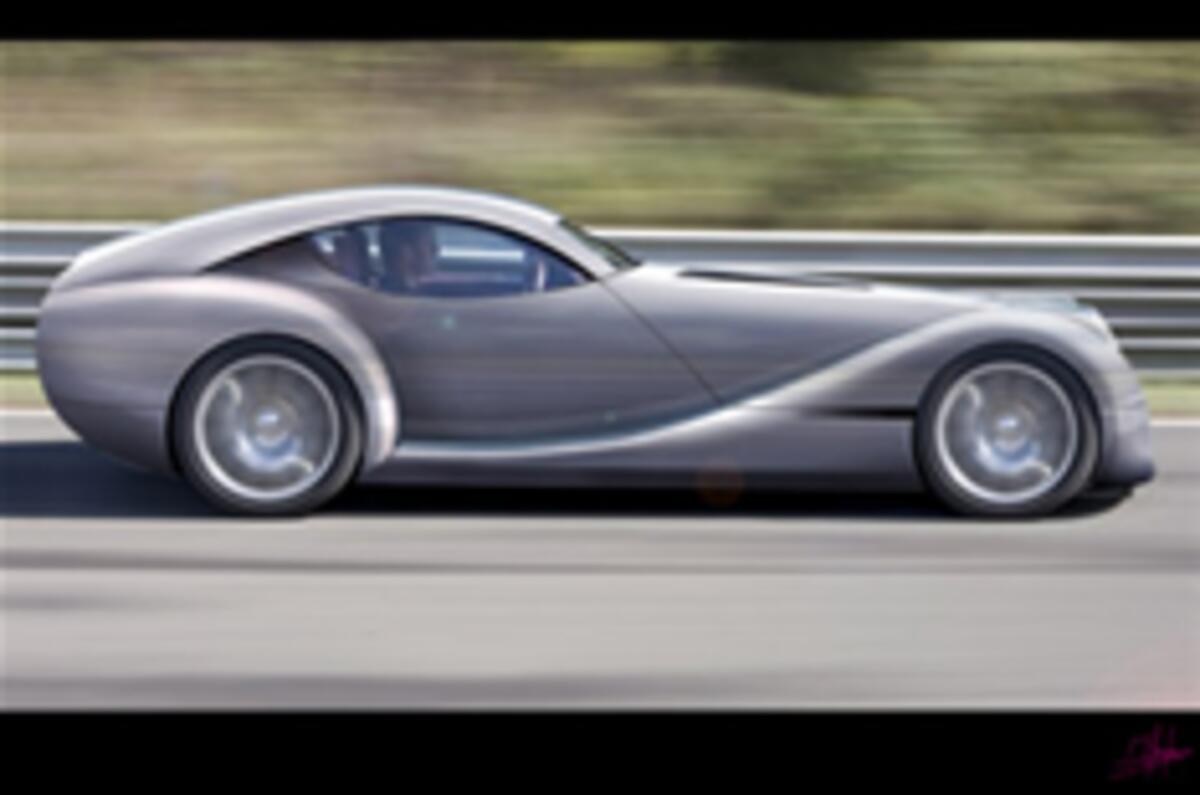It was the most advanced and unlikely car to emerge from British sports car outfit Morgan this century, but the incredible hydrogen-powered LIFEcar may yet have a future as a hybrid electric vehicle, Autocar has learned.
Work is continuing at Morgan, in collaboration with Oscar Automotive, Cranfield and Oxford universities, and QinetiQ, to commercialise the Morgan LIFEcar by early 2012. However, Autocar can reveal that the project has now moved beyond the hydrogen fuel cell stack fitted to the 2008 show car.
Read more by clicking here: Morgan SuperSports revealed
Click here to read the blog - Inside the Morgan Motor Company Ltd
“Hydrogen would have been a great fuel for us, but it’s just not widely available enough,” advised our source. “We’re keeping our options open looking for alternatives at the moment, and considering both petrol and diesel, as well as LPG and biofuel, but it’s clear that the car’s platform will need a redesign around its new powerplant.”
Morgan’s LIFEcar (or Lightweight Fuel Efficient Car) project was first announced in autumn 2006, and came to fruition at the Geneva motor show in 2008, when the finished LIFEcar was shown.
Using a 30bhp fuel cell stack, four state-of-the-art electric motors and high transfer-rate ultra-capacitors rather than batteries, the LIFEcar was designed to be as lightweight and fuel efficient as possible. Its four independent motors gave it all-wheel drive, and its ultra-capacitors gave it the ability to regenerate much more kinetic energy than a typical hybrid during braking.
The latter fact, combined with a kerb weight of just 650kg, meant the LIFEcar could accelerate from 0-60mph in just 7.5sec and hit 90mph, mostly using regenerated energy. Its 30bhp fuel cell was used to maintain cruising speed, to start from cold, and as a back-up energy source.
And by using an ultra-small combustion engine rather than that fuel cell, Morgan remains confident that the LIFEcar’s original goal of 150mpg, is still achievable. “The main electrical systems of the car are operational and brilliant,” our source said. “We’ve had them running on a dynamometer and are very happy with the results.”
“The government funding for the project runs out in 2011, and by then all parties involved will be keen to see it bear fruit – even if it means the car won’t be totally emissions-free.”




Add your comment